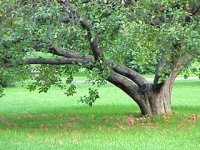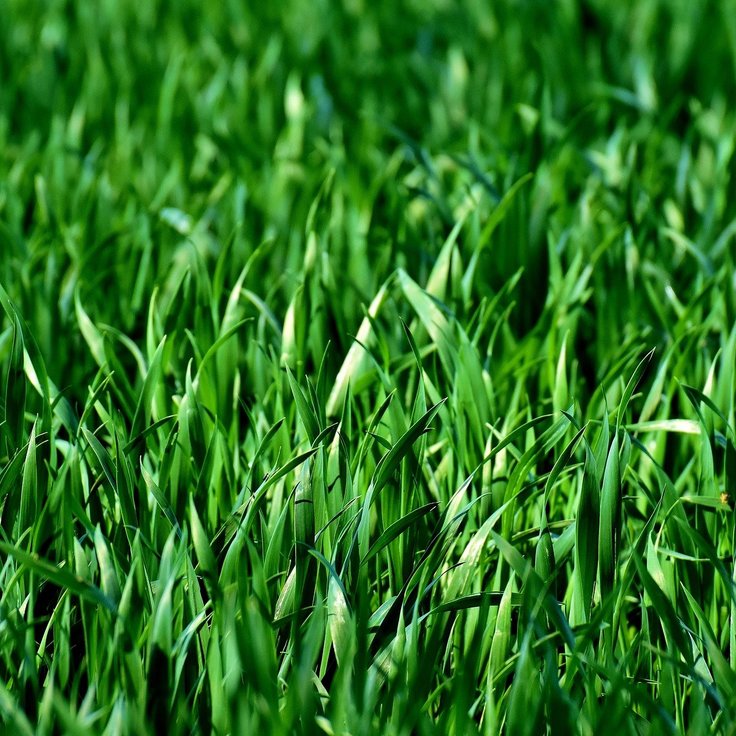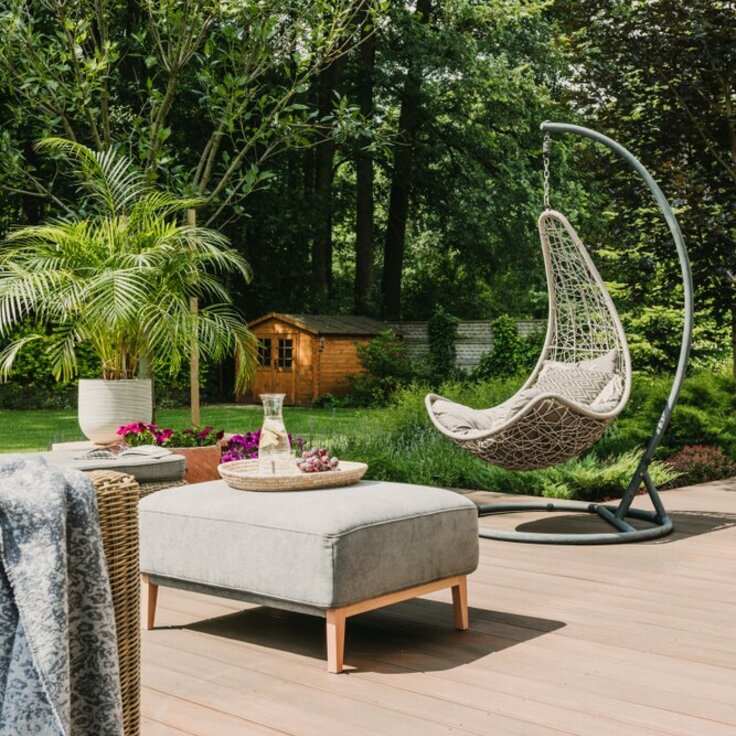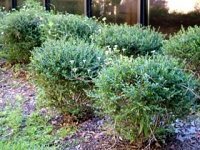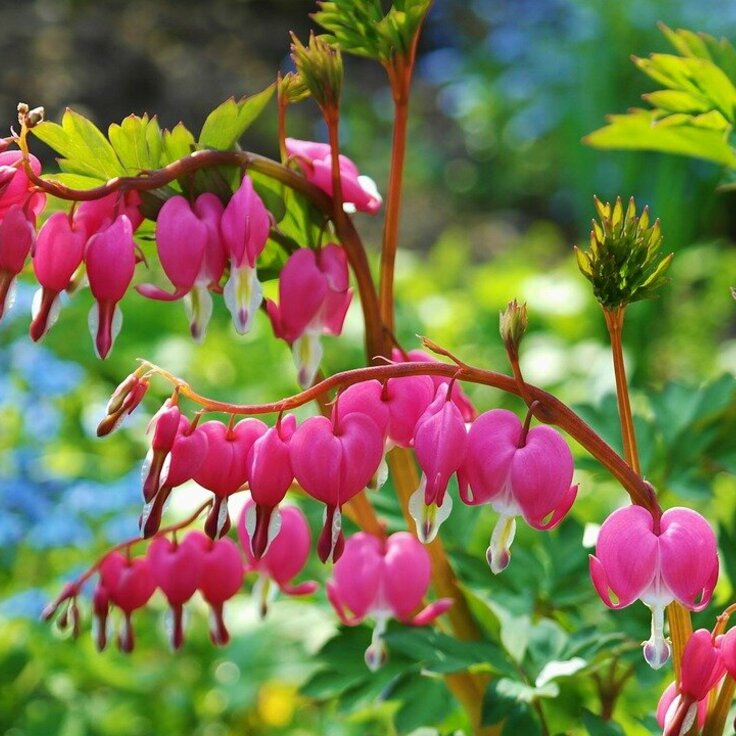Flocks of Phlox
The name phlox comes from the Greek word for flame. There are more than 60 species; the most common in home gardens are tall phlox, moss phlox, creeping phlox, Drummond's phlox, and woodland phlox. Because these species have very different forms, flowering periods, and cultural requirements, it's important to know which one you're planting.
Tall phlox (Phlox paniculata). A perennial growing to a height of 24 to 40 inches, tall phlox are popular "back of the border" plants. The plants bloom for 2 to 3 weeks in mid to late summer, depending on variety. Flower colors include fuchsia, pink, lavender, and white, as well as bi-colors, and many have a pleasant fragrance. The foliage is susceptible to powdery mildew, so look for disease-resistant varieties. Full sun and good air circulation help minimize problems. Plant several varieties with different bloom times to extend the show.
Moss phlox (Phlox subulata),also called moss pinks. This perennial phlox produces low-growing mats that are blanketed in colorful blooms for a few weeks in spring. Growing to a height of only 6 inches, the plant is commonly used as ground cover and in rock gardens. Flower colors include fuchsia, pink, lavender, and white. In full bloom the plant is a real head-turner, forming low mounds of brilliant color. Moss phlox prefers full sun to dappled shade; avoid planting it under trees with dense canopies.
Creeping phlox (Phlox stolonifera). Another low-growing, perennial species, this phlox prefers shade; flower colors include blue, lavender, and white. It is somewhat more challenging to grow and is less showy than moss phlox. Phlox stolonifera is a good choice for planting under deciduous trees, where the plants will get full sun until the trees leaf out. Moss phlox (Phlox subulata), above, is sometimes called creeping phlox so it's important to check the botanical name to make sure you're getting the one you want.
Drummond phlox (Phlox drummondii). Unlike the other phlox on the list, this species is an annual. Flowers are borne in showy clusters at the top of 8- to 24-inch stems; colors include red, lavender, and white. Sometimes called annual phlox, this plant prefers sandy soil and full sun.
Woodland phlox (Phlox divaricata). This delicate plant is found in woodlands throughout the central and eastern United States and requires moist, rich, cool soil. It flowers in spring with small clusters of fragrant light blue or white flowers atop 12- to 18-inch stems. In the right setting it makes a lovely ground cover. Sunny, dry conditions will cause die back.
There's a phlox for just about every gardening situation -- sun, shade, sandy soil, moist soil. Now there's even a phlox that's perfect for bouquets!
Read more from The National Gardening Association


